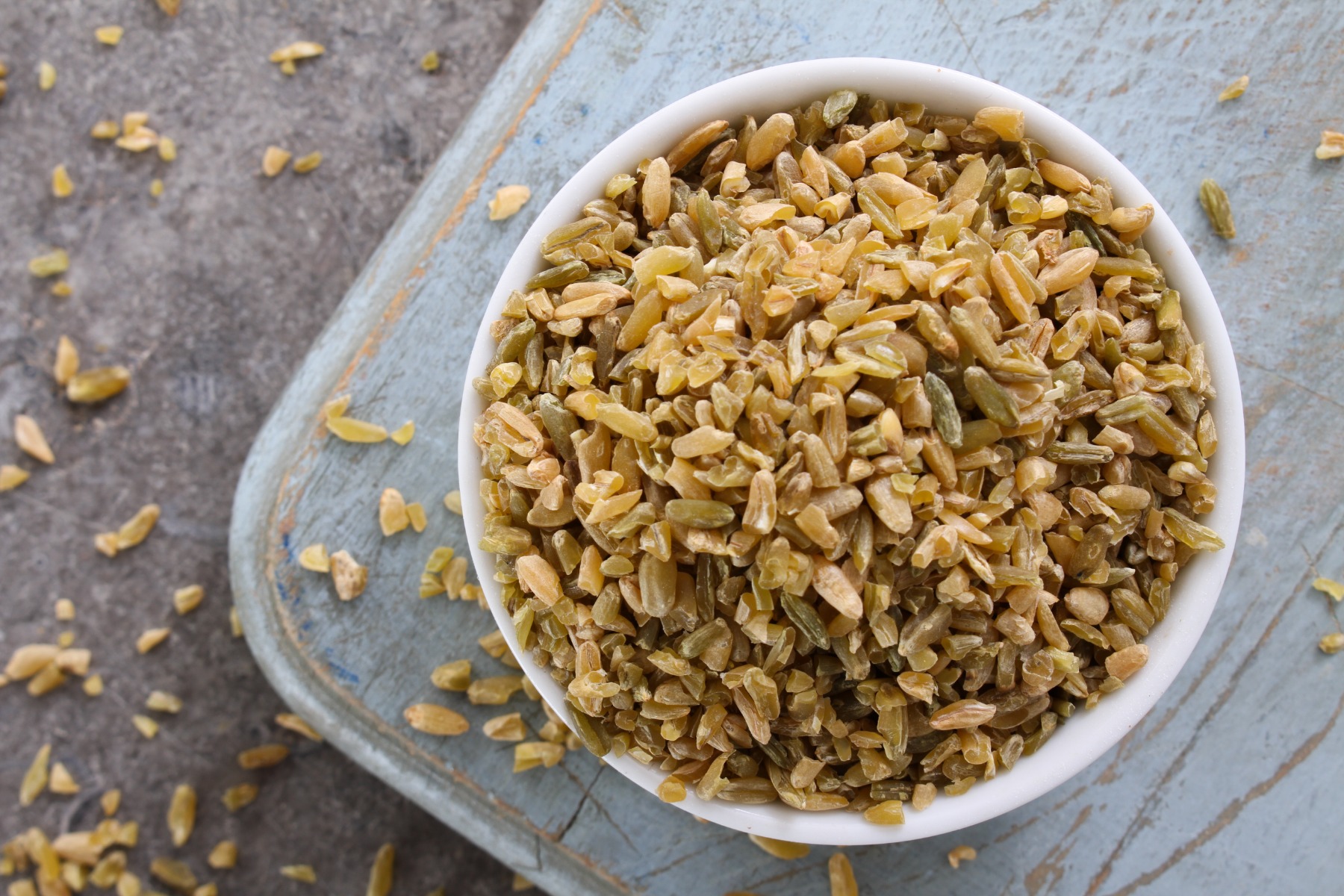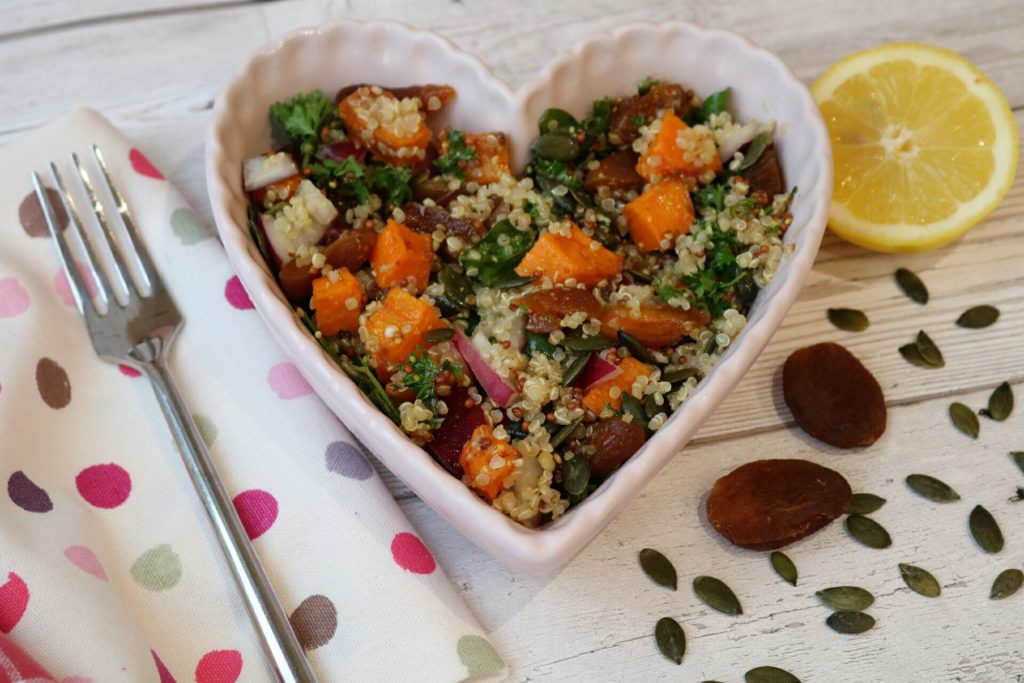
Freekeh is an ancient grain that has found a brand new place in western cooking and eating. But its journey to the table is still one of the strangest tales in food production. It has been grown and eaten in the Eastern Mediterranean and North Africa since biblical times and still is.
It is actually durum wheat that is harvested while the grains are still young and green. It is then piled and dried in the sun. Then it is set alight. When the flames subside the grains, still moist enough to have survived the fire, are threshed or rubbed (Freekeh means rubbed) clear of the ashes.
Though undamaged the grains still retain a hint of smokiness when eaten. It is, as one enthusiast explains, as though they contain the essence of a dense and creamy rice dish prepared over an open fire. Leading chef Yotam Ottolengi enthuses It imparts a brilliant aroma when added to soups or stews but can also be cooked like rice or bulgur. We use it for making pilaffs, in salads and for serving with lamb or chicken.Simmered for 15 minutes in water Freekeh is ready to serve. It has the flexibility to replace rice, couscous or pasta.
Freekeh has all the nutritional and health virtues of the whole grains and it is in store at Grape Tree now. A 500g packet of cracked Freekeh is just £3.99.
